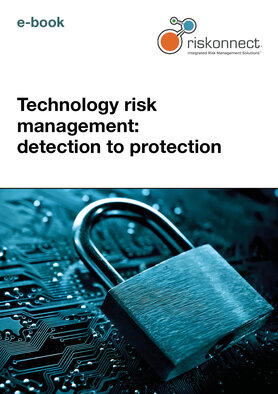The trade surveillance revolution: shifting compliance and cutting-edge technology

Eventus’ latest research, in partnership with Datos Insights – built on in-depth conversations with compliance and technology leaders at 20 leading global financial institutions – explores the evolving challenges, technologies and compliance drivers behind today’s trade surveillance strategies.
Readers will learn:
- Where compliance teams are investing over the next 12–18 months
- How firms are tackling fragmented data, complex regulations and system integration
- Why 70% of firms still face false-positive rates over 25%
- How hybrid architectures and artificial intelligence are reshaping alert management
- The role of data science in reducing risk and improving case resolution.
From modernising legacy systems to managing decentralised trade data and integrating AI-driven filtering, this report highlights the critical next steps for surveillance functions under pressure.
Download the report to explore how your peers are rethinking surveillance from the ground up. You’ll also receive access to Eventus’ Trade Surveillance Maturity Model to benchmark your firm’s progress.
Download the whitepaper
Register for free access to hundreds of resources.





